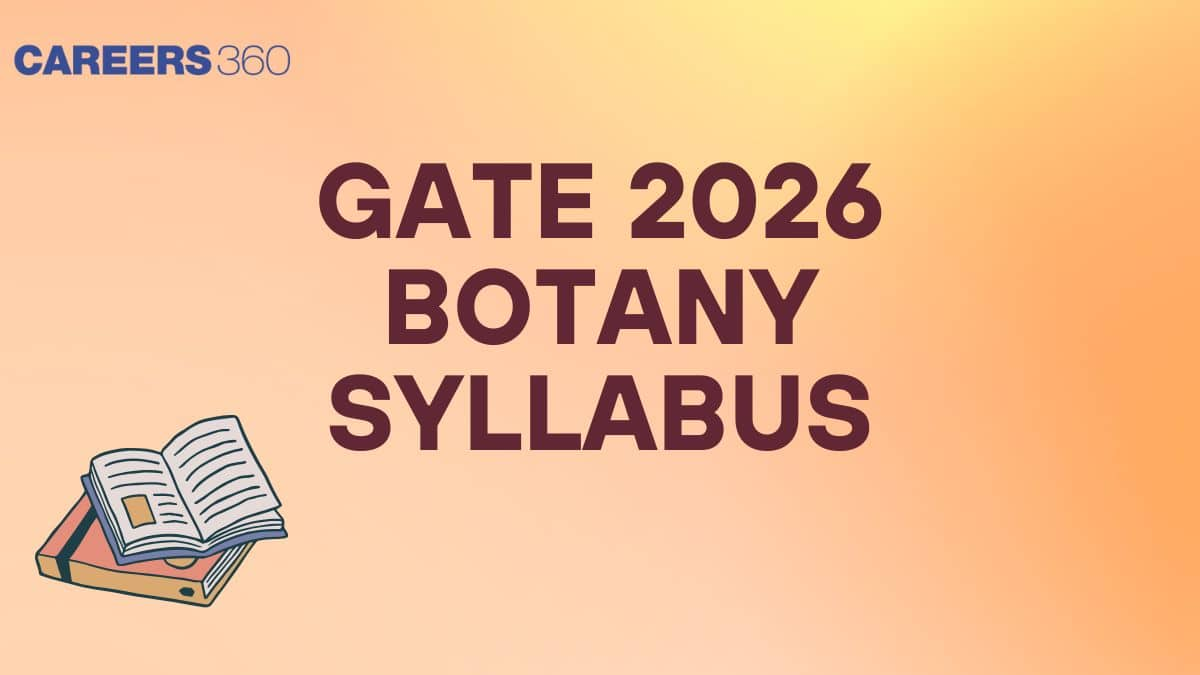Plant Systematics | Botanical nomenclature, history of plant taxonomy, diversity and classification of plants, APG system of plant classification; phylogenetics and cladistics, molecular taxonomy and DNA barcoding; Centers for plant taxonomy and herbaria in India. |
Plant Anatomy | Anatomy of root, stem and leaves, floral organs, embryo and young seedlings, Primary and secondary meristems, stellar organization, vascular system and their ontogeny, xylem and phloem structure, secondary growth in plants and wood anatomy, plant cell structure and differences from animal cells. |
Plant Development; Cell and Tissue Morphogenesis | Life cycle of an angiosperm, development of male and female gametophyte; cell fate determination and tissue patterning; spacing mechanisms in trichomes and stomata. Embryogenesis, organization and function of shoot and root apical meristems. Transition to flowering: photoperiodism and vernalization, ABC model of floral organ patterning, pollen germination, double fertilization, seed development; Xylem and phloem cell differentiation, photomorphogenesis; phytochrome, cryptochrome, phototropin. Role of auxin, cytokinin, gibberellins, and brassinosteroids on plant development. |
Plant Physiology and Biochemistry | Plant water relations, mechanisms of uptake and transport of water, ions, solutes from soil to plants, apoplastic and symplastic transport mechanisms. Mechanism of stomatal movements, nitrogen metabolism, photosynthesis; C3, C4 and CAM cycles, photorespiration, respiration: glycolysis, TCA cycle and electron transport chain. Plant responses and mechanisms of abiotic stresses including drought, salinity, freezing and heat stress, metal toxicity; role of abscisic acid in abiotic stresses. Structure and function of biomolecules (proteins, carbohydrates, lipids, nucleic acid), enzyme kinetics. Structure and biosynthesis of major plant secondary metabolites (alkaloids, terpenes, phenylpropanoids, flavonoids). Biosynthesis, mechanism of action and physiological effects of auxin, cytokinin, gibberellic acids, brassinosteroid, ethylene, strigolactone, abscisic acid, salicylic and jasmonic acid. Senescence and programmed cell death. |
Genetics and Genomics | Cell cycle, cell division, Principles of Mendelian inheritance, linkage, recombination, genetic mapping; extra chromosomal inheritance; Introduction to epigenetics; gene silencing- transgene silencing, post transcriptional gene silencing, miRNA and siRNA; evolution and organization of eukaryotic genome structure, gene expression, gene mutation and repair, chromosomal aberrations (numerical: euploidy and aneuploidy and structural: deletion, duplication, inversion, translocation), transposons. Model organisms for functional genetics and genomics; Introduction to transcriptomics, proteomics and metabolomics. |
Plant Breeding, Genetic Modification, Genome Editing | Principles, methods – selection, hybridization, heterosis; male sterility, genetic maps and molecular markers, embryo rescue, haploid and doubled haploids, plant tissue culture: micropropagation, embryo culture and in vitro regeneration, somatic embryogenesis, artificial seed, cryopreservation, somaclonal variation, somatic cell hybridization, marker-assisted selection, gene transfer methods viz. direct and vector-mediated, generation of transgenic plants; Introduction to genome editing: CRISPR/Cas9, Cre-Lox system to generate chimeras; plastid transformation; chemical mutagenesis. |
Economic and Applied Botany | A general account of economically and medicinally important plants- cereals, pulses, plants yielding fibers, timber, sugar, beverages, oils, rubber, pigments, dyes, gums, drugs and narcotics. Economic importance of algae, fungi, lichen and bacteria. Major Indian cash crops. Effect of industrialization on agricultural botany such as plastic on fiber economy. Genetically modified crops and its regulation, e.g. Bt cotton, Bt brinjal, golden rice etc. |
Plant Pathology | Nature and classification of plant diseases, diseases of important crops caused by fungi, bacteria, nematodes and viruses, and their control measures (chemical and biological) mechanism(s) of pathogenesis, resistance: basal, systemic, induced systemic resistance, gene for gene concept. Molecular detection of pathogens; plant-microbe interactions: symbionts and mycorrhiza, pathogens and pests. Signaling pathways in plant defence response; salicylic acid (SA) and jasmonic acid (JA) in plant-pathogen and plant-herbivore interaction, necrosis; host-parasitic plant interaction (such as Cuscuta). |
Ecology and Environment | Ecosystems – types, dynamics, degradation, biogeochemical cycles, ecological succession; food webs and energy flow through ecosystem; vegetation types of the world, Indian vegetation types and biogeographical zones, climate and flora endemism; pollution and global climate change, speciation and extinction, biodiversity and conservation strategies, ecological hotspots, afforestation, habitat restoration; plant interactions with other organisms; epiphytes, parasites and endophytes. |

